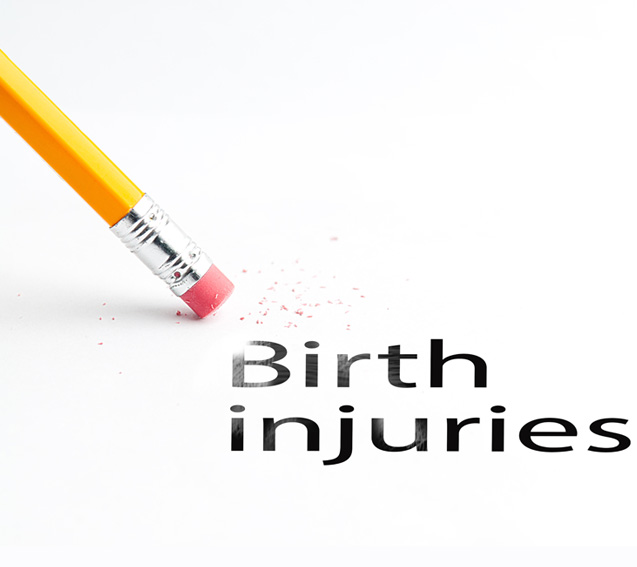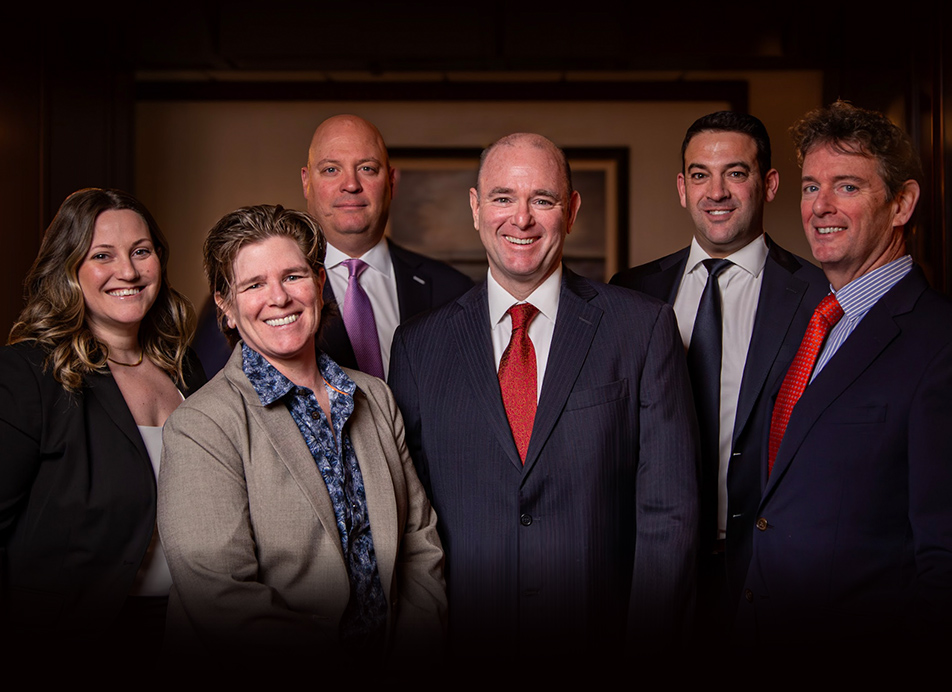Cerebral palsy is the the most common childhood motor disability. It affects roughly 500,000 children under the age of 18 in the United States, with another 8000 to 10,000 diagnosed with it every year.
Cerebral palsy, or CP, is the all-too-frequent result of brain injury or malformation either before, during, or after birth. It can affect muscle tone, muscle coordination, muscle control, reflexes, posture, and balance, and the abnormal brain development that follows may lead to behavioral disorders, learning disabilities, seizures, visual or speech impairment, or hearing loss.
Cerebral palsy is chronic, non-progressive, and thankfully, usually not fatal. Symptoms can range from mild to severe. And while there is no cure, most sufferers can lead lengthy, productive lives with proper care and treatment.
Although doctors don’t completely understand how or why the condition develops, there are many suspected catalysts and risk factors for it.
Congenital cerebral palsy – caused by injuries sustained before or during birth – accounts for 85-90% of all cases. Acquired cerebral palsy – resulting from brain injuries suffered up to 28 days after birth – makes up the remaining 10%. It’s clear that the vast majority of cases occur during pregnancy or during birth itself.
But what types of birth injuries can lead to the condition?
Brain Injuries
The most common culprits include fetal stroke, fetal infection, malformation starting at conception, blood clotting, and genetic or hereditary disease (although it’s rare, it does happen). Any injury to the brain, or anything that interrupts a developing brain, could lead to cerebral palsy.
Many cases result from birth trauma of some sort. Roughly 20% of injuries that cause CP happen near or at time of delivery.
Trauma during birth is often the result of decreased oxygen (called hypoxia) and/or decreased blood flow (ischemia) to the brain.
Birth Trauma
Any injury referred to as a birth trauma happens during either pregnancy, labor, or delivery.
These birth injuries lead to the development of cerebral palsy and generally falls into one of four different categories:
- Hypoxic ischemic encephalopathy – or HIE for short – is caused by a decrease in both oxygen and blood to the child’s brain near or at delivery. These injuries are largely preventable with proper care and fetal monitoring.
- Periventricular leukomalacia – also known as PVL – is often caused by either placental failure or infection. It refers to the death of white brain matter – which regulates learning – as a result of loss or low levels of oxygen to the fetus.
- Intracranial hemorrhage is bleeding in the brain, often caused by a fetal stroke (blocked or damaged blood vessels), which is itself most often caused by high blood pressure, placental complications, or infection with the mother.
- Cerebral dysgenesis describes abnormal development of the fetal or infant motor control center. Infections during pregnancy can lead to this abnormal development by mutating genes responsible for motor function. Direct injury to the head during birth – often caused by improper use of forceps or vacuum extraction – can also cause cerebral dysgenesis.
As you can see, the causes are far-ranging and varied. Some are largely difficult to diagnose or avoid, an unfortunate situation where no one is at fault.
Other instances, though, are preventable with competent medical care from a medical professional. Medical negligence or error account for up to 10% of new CP cases according to some studies. That’s too high.
The average cost of lifetime care for someone with cerebral palsy is about $921,000. That figure can be much higher depending on the severity and type of the condition. When someone else is to blame, you shouldn’t be held financially responsible for that cost.
If you or your child have cerebral palsy as a result of medical negligence, contact the experienced cerebral palsy attorneys at Duffy & Duffy. A medical malpractice suit can get you the compensation you need to live with the comfort and dignity you deserve.
Contact Duffy & Duffy, PLLC today. We’re here to help.
Frequently asked questions
There are a number of potential sources of financial support for patients for cerebral palsy. For example, some government programs, such as Supplemental Security Income (SSI), the Supplemental Nutrition Assistance Program (SNAP), Medicaid, and the Children’s Health Insurance Program (CHIP) can all offer assistance with expenses associated with cerebral palsy. Some private organizations also offer medical grants to families struggling with expenses related to cerebral palsy.
Cerebral palsy occurs in the early part of life
The Individuals with Disabilities Education Act (IDEA) helps children with disabilities through programs administered by the state. Among other things, it can help you seek educational tools to assist your child with cerebral palsy. In addition, you can seek an Individualized Education Plan for children with cerebral palsy to help them get accommodations they need to assist with their education.
Yes, adults and seniors with cerebral palsy can get financial assistance, although the resources that are available are less comprehensive than those that exist for children. Government benefits such as SSI and Medicaid, for example, are always available to people suffering from cerebral palsy, and some private charitable organizations also exist that help people with cerebral palsy.
Adults with cerebral palsy often experience worsening health issues as they grow older, and may experience premature aging due to the strain the condition places on their bodies. Musculoskeletal problems are common, as are mental health issues. However, many cerebral palsy patients now live long and independent lives, provided their conditions receive appropriate medical treatment.
Generally speaking, once a lawsuit has been brought to a close (either through a trial or settlement), the defendant will pay any owed money to the plaintiff’s attorney, who will hold the payment in escrow. It will then be distributed to the plaintiff as per the trial judgment or settlement agreement, as appropriate, after deducting any expenses and legal fees.

